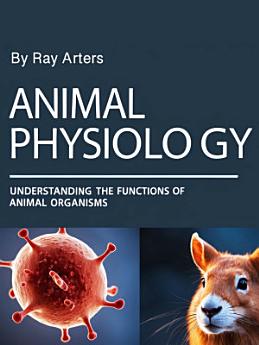Animal Physiology: Understanding the Functions of Animal Organisms
About this ebook
The concept of homeostasis stands as one of the central organizing principles of animal physiology, describing the dynamic equilibrium through which organisms maintain internal conditions within narrow ranges despite constant fluctuations in external environments. This regulatory capacity involves sophisticated feedback systems that detect deviations from optimal conditions and initiate corrective responses that restore balance. Claude Bernard first articulated the importance of internal constancy for life, noting that the stability of the internal environment provides the foundation for free and independent existence in variable external conditions.
Negative feedback loops represent the primary mechanism through which homeostatic regulation operates, creating self-correcting systems that counteract disturbances and maintain stability. When body temperature rises above optimal levels, thermoreceptors detect the change and trigger responses including vasodilation, sweating, and behavioral adjustments that promote heat loss and restore normal temperature. The effectiveness of these regulatory systems demonstrates the remarkable precision with which physiological processes can be controlled through coordinated cellular and molecular mechanisms.








